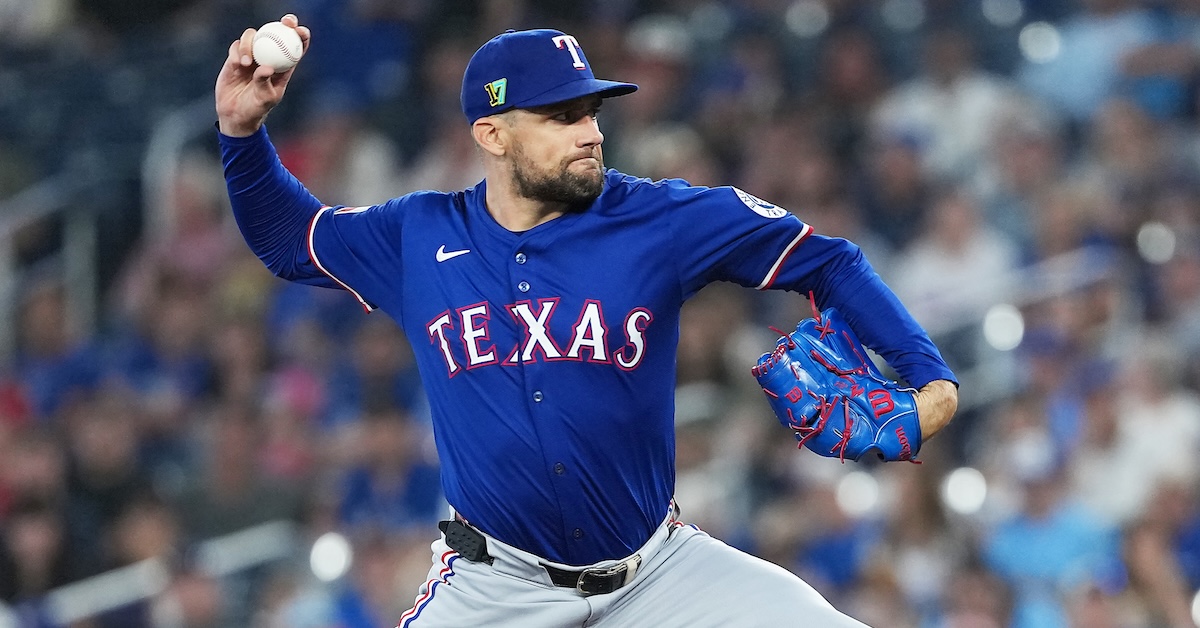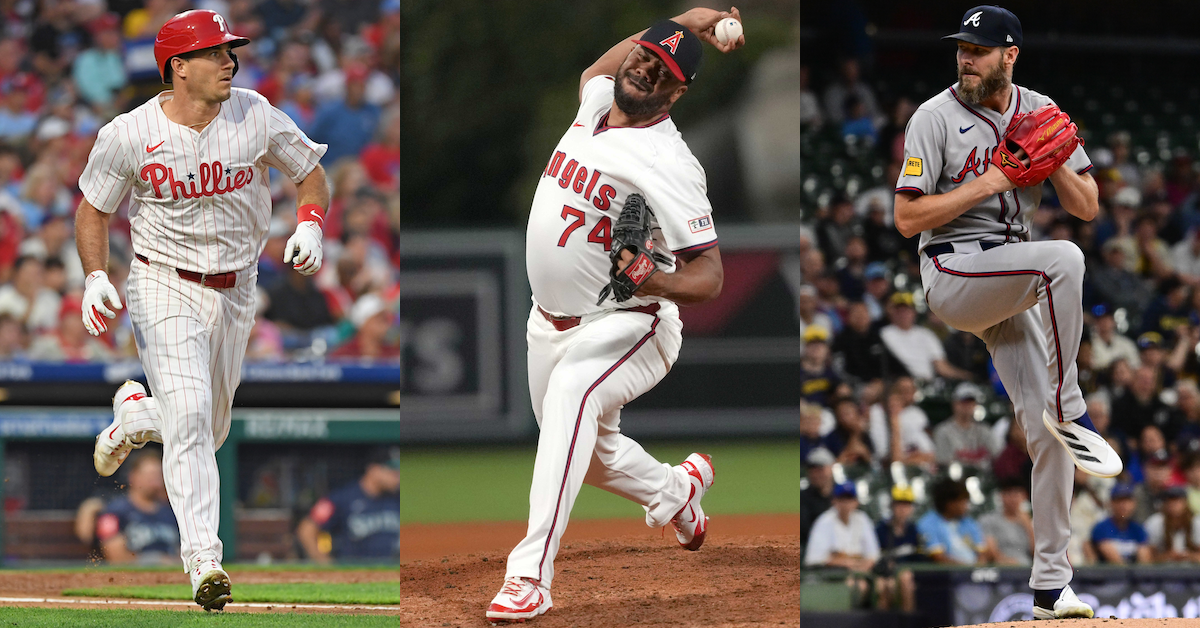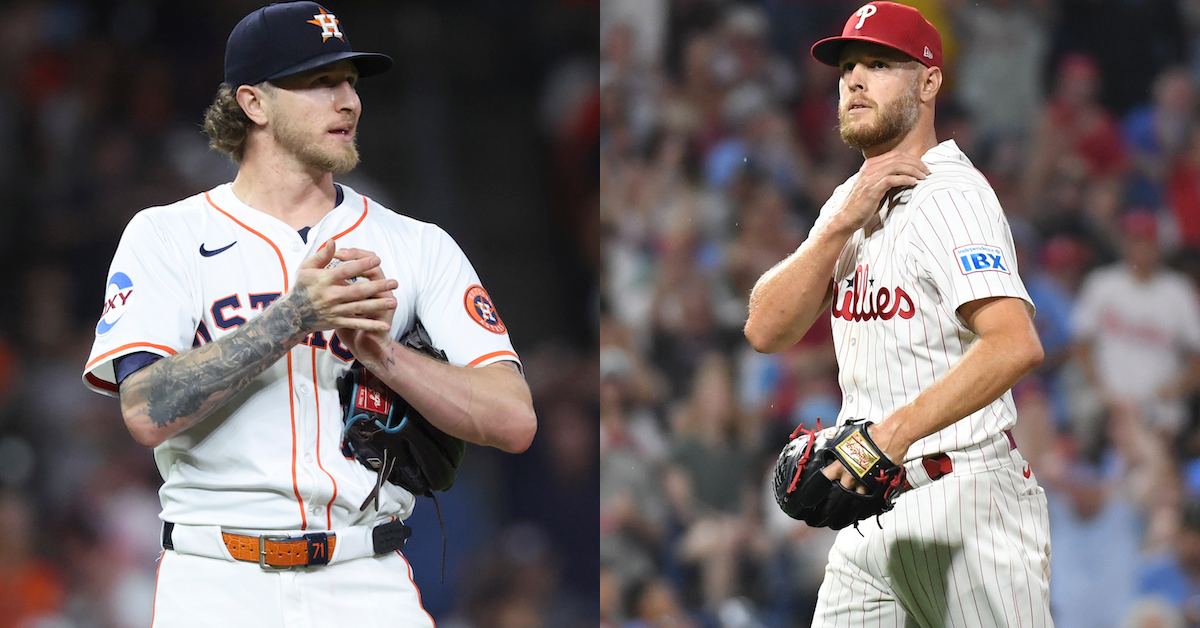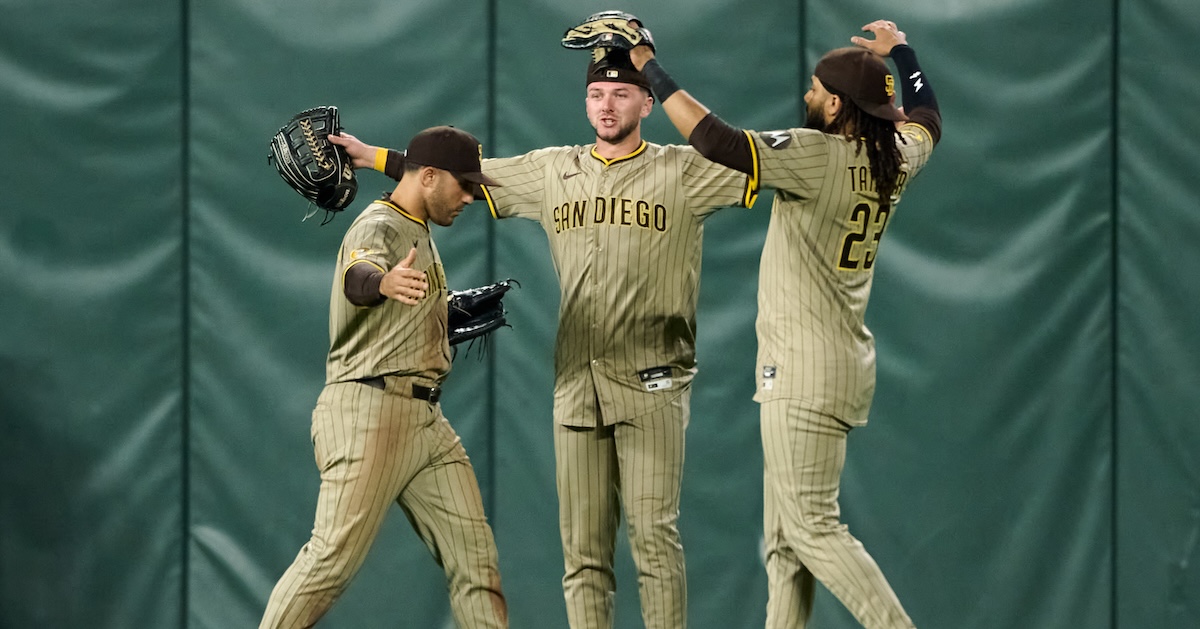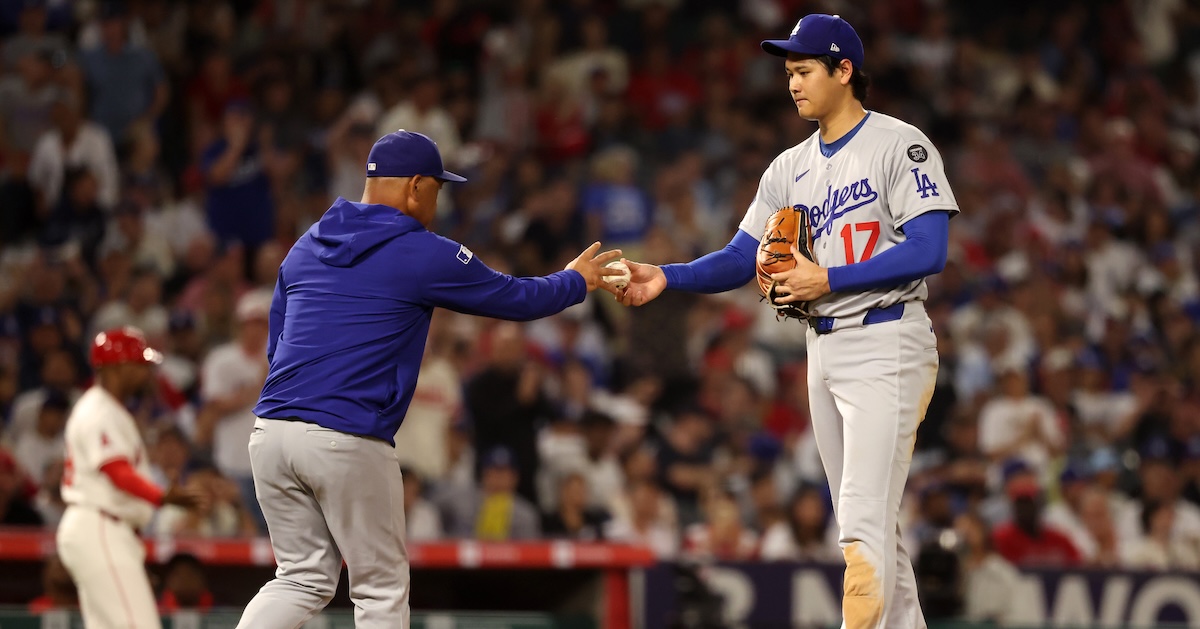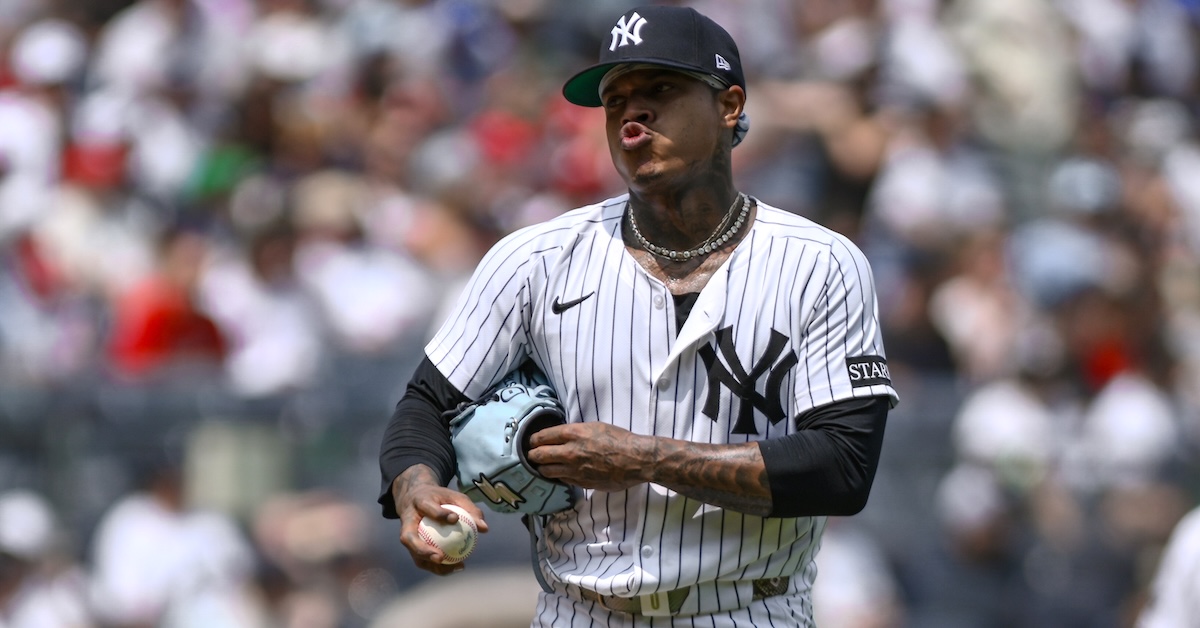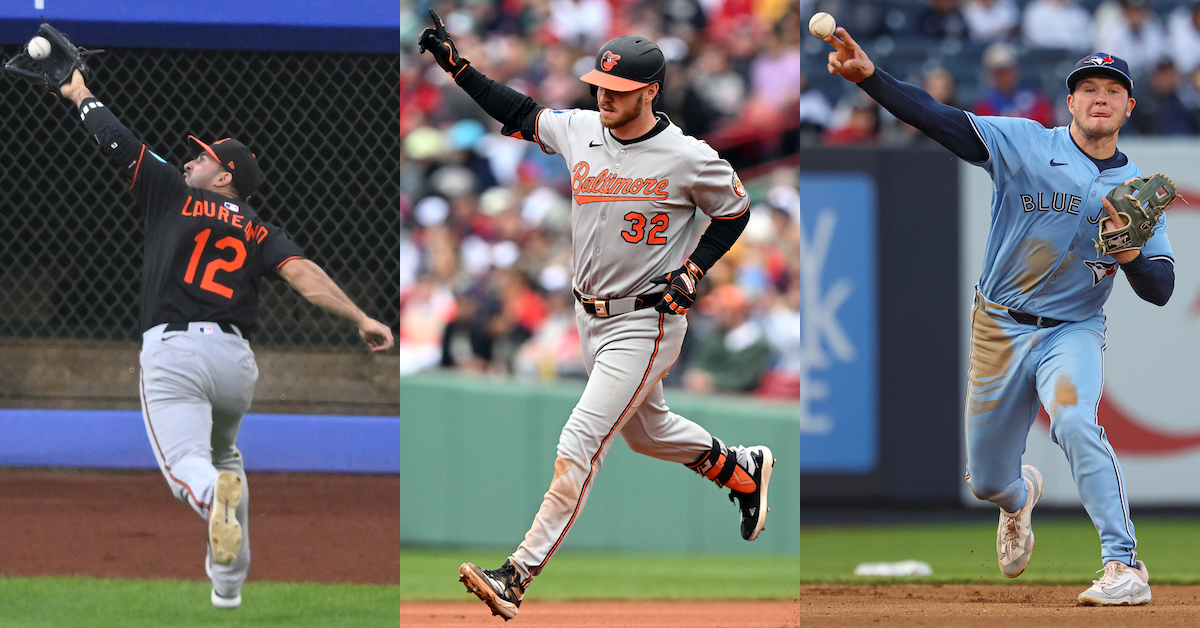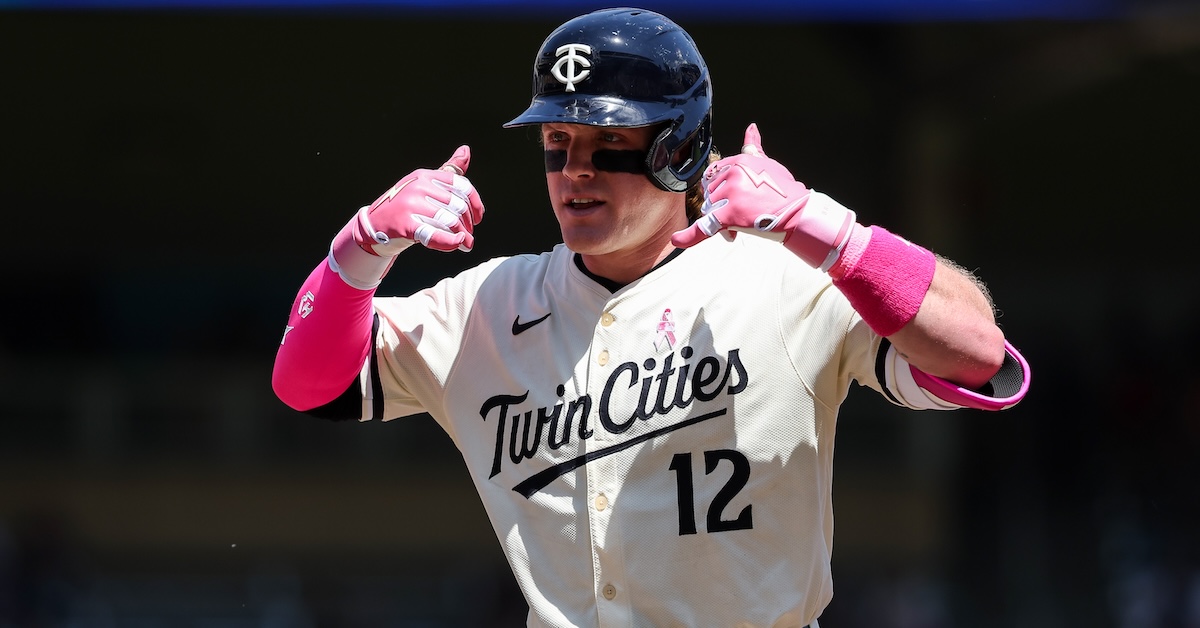Aargh, the Pirates Are in Danger of Making Dubious History
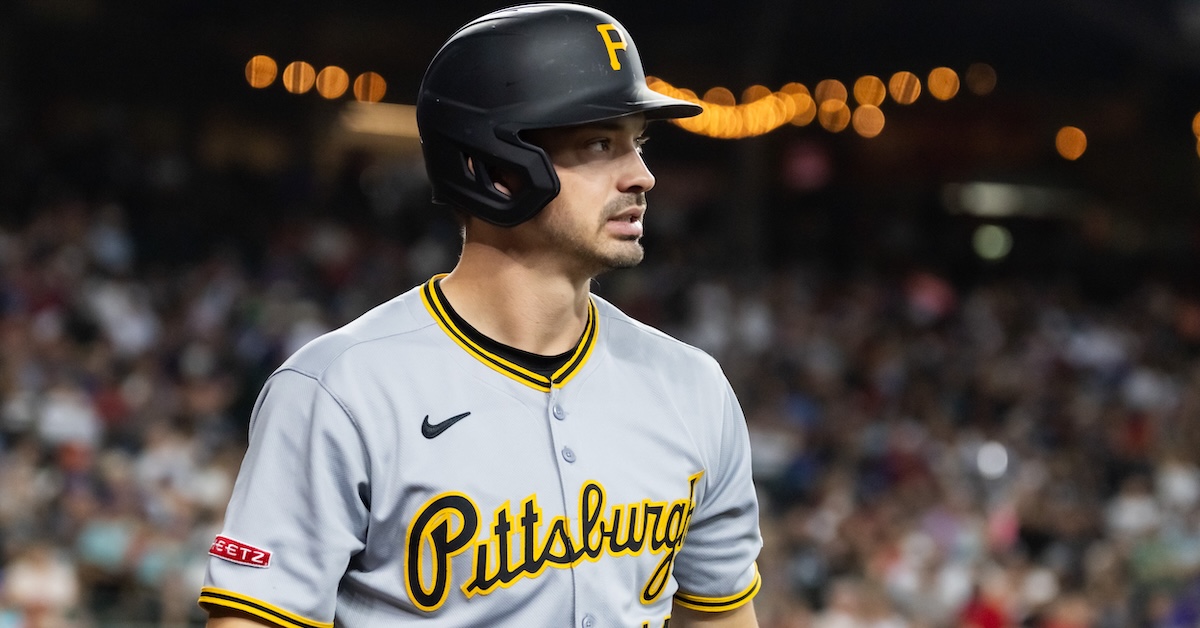
There’s no getting around the fact that the Pirates are a bad baseball team. At 54-74, they’re well on their way to their seventh consecutive losing season and ninth out of the past 10. Even so, they’ve only got the majors’ fourth-lowest winning percentage (.422) — it’s not like they’re the Rockies (.289) or the White Sox (.354). Yet it turns out the Pirates are chasing history, albeit in an under-the-radar and unflattering way. They’re in danger of becoming the first AL or NL team since the start of the 20th century to finish the season without a single hitter producing at a league-average level or better.
I don’t mean “without a single regular,” though depending upon how we define that term, that’s on the table as well. I mean anybody who’s stepped up to the plate while wearing the Pirates’ black and gold this season. The top Pirates hitters by wRC+ are infielders Nick Gonzales and Liover Peguero, both of whom are sporting a wRC+ of 98. The 26-year-old Gonzales, Pittsburgh’s regular second baseman, is hitting .278/.322/.392 through 264 plate appearances. He’s been limited to 62 games due to a fractured left ankle, caused by his fouling a ball off himself during spring training, though he played on Opening Day and even homered off the Marlins’ Lake Bachar. After hobbling around the bases, he landed on the injured list and didn’t return to the lineup until June 3. Peguero, a 24-year-old infielder, has bounced between Triple-A Indianapolis and the majors, where he’s been playing with some regularity since late July; in 58 PA, he’s hit .208/.276/.453.
Six other Pirates have a wRC+ in the 90s:
| Player | PA | AVG | OBP | SLG | wRC+ |
|---|---|---|---|---|---|
| Liover Peguero | 61 | .214 | .279 | .446 | 98 |
| Nick Gonzales | 272 | .281 | .324 | .391 | 98 |
| Tommy Pham | 340 | .263 | .335 | .373 | 97 |
| Spencer Horwitz | 298 | .257 | .326 | .375 | 95 |
| Joey Bart | 272 | .248 | .353 | .321 | 95 |
| Andrew McCutchen | 441 | .238 | .328 | .368 | 95 |
| Bryan Reynolds | 517 | .245 | .304 | .402 | 94 |
| Oneil Cruz* | 454 | .207 | .304 | .398 | 92 |
